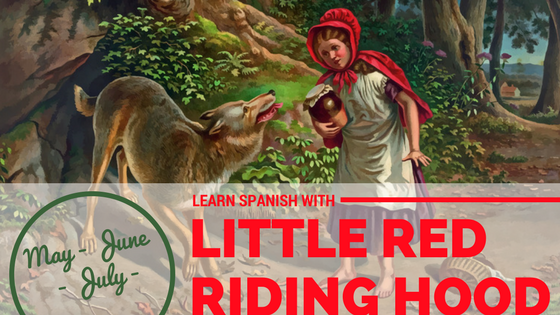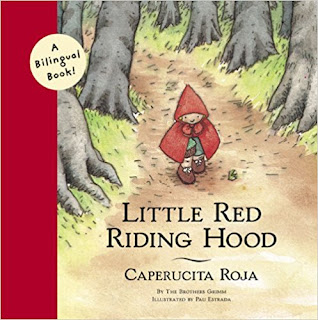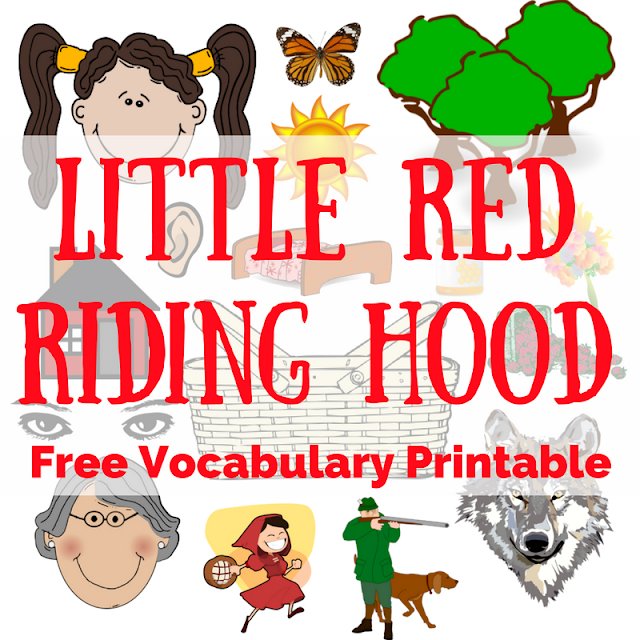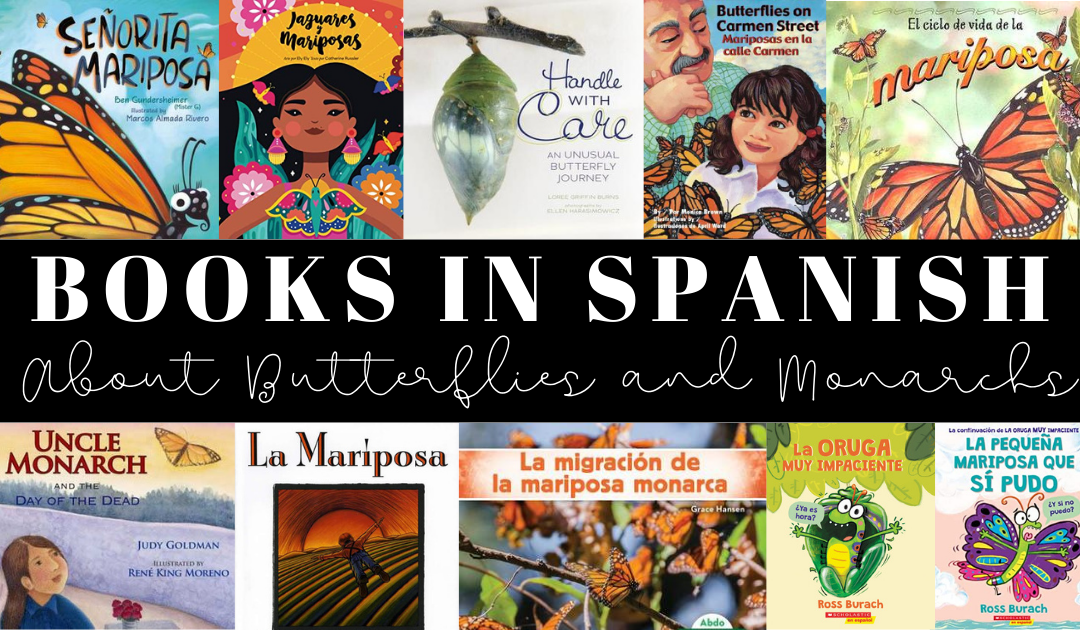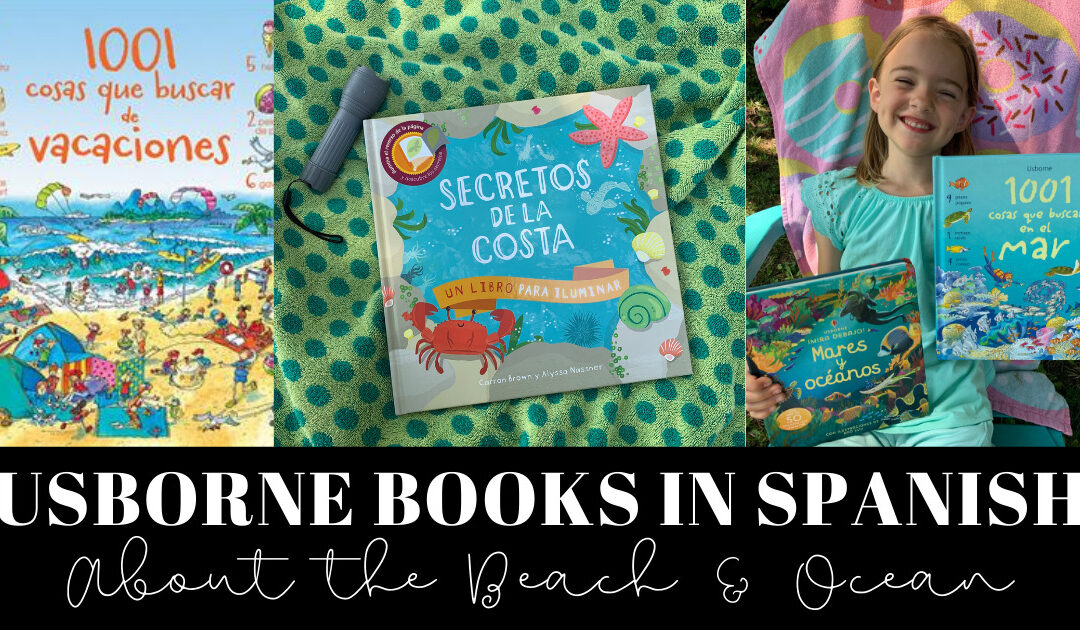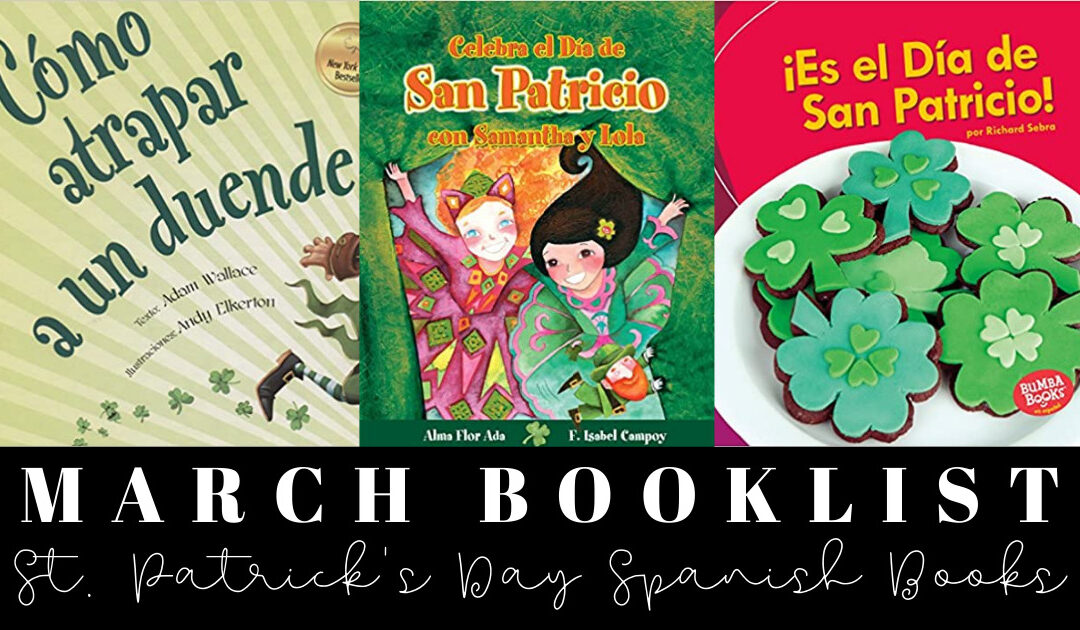Learning Spanish with your own kids is hard. Even for me, someone who loves Spanish, it can sometimes just fall to the wayside. Not because I don’t care, but because there’s not much in my life to remind me of it. Life is full of responsibilities, stresses, events, activities, and other things that can crowd out my intentions to keep Spanish in our life daily.
What’s a parent to do?
One thing giving me a boost lately, helping me keep Spanish front and center, is a group I started with a few friends. We started last January. I write all the lesson plans, choose our themes and vocabulary, and we all keep each other accountable in a private group on Facebook. I’ve been calling it “Jump Into Spanish,” because we all just try to jump in where we’re at and learn a little bit with our kids each day.
Accountability is key.
Finding like-minded people on the same journey as you matters.
People to encourage you. To give you tips. To cheer you on. To inspire ideas. To keep you motivated. To say, “Yeah, this is hard, but it’s worth it!”
Facebook Group Opening Soon
Our group is on break for the month of April. I’ll be busy making plans for our next twelve-week unit, and wanted to share with you all what we’ll be doing in case you want to join in! The group opens up at the end of April for a few weeks to new members. Check out below some of what we’ll be learning and doing.
It might help to know that we are a homeschool family. Teaching my own kids is something I have to work on all the time, in many subjects. I think that helps me understand the plight of parents whose children want to learn Spanish, but who don’t have the money to invest in Spanish lessons from a “professional.” Meaning they have to figure out how to help their children learn it.
I’m not against hiring people to teach your kids Spanish, or investing in expensive programs that help your kids learn Spanish. If you have that in the budget, then by all means take advantage of what you can! (And if you want tips on good programs to use, I’d be glad to help!) However. In the elementary years, or beginning stages of learning however, sometimes spending tons of money just isn’t feasible or reasonable.
You Can Do It!
What I’m tryyyying to say is, even if you don’t know Spanish, there are things you can start doing to help your children learn it. In our Jump Into Spanish group we follow this basic format:
- Set a time period you will stay committed to lessons (I would suggest 90 day or 12 weeks, and then breaking those up into three chunks)
- Choose a classic story that you can find told in Spanish (audio, video, in a podcast, books on tape, etc.)
- Learn as many words as you can from that story (You can either translate word by word from Spanish, or read the story in English and pick out words that you look up in a Spanish dictionary.)
- Memorize one or two poems
- Learn a folk song from a Spanish-speaking country (You can google things like “Folk Music from Mexico,” or go to Spotify and search “música folklórica,” or SpanishMama.com is a huge resource for song lists!)
- Learn a kids song too, if your kids are still little. If they are older, you can choose a modern popular song to learn the lyrics to (again, SpanishMama.com is a great resource for choosing songs to learn), or find a worship song that’s in Spanish
- Find a few phrases that you can learn and use in everyday life
I rely heavily on books to help me teach my kids Spanish. Books are the easy way to expose yourself to language, vocabulary, and picture books are especially helpful with the comprehension of language–the pictures help you understand what the words mean.
For parents who aren’t comfortable reading an ENTIRE book in Spanish, see below.
TRADITIONAL
Each of these three books retells the classic tale in its traditional form, all equally good. There are only slight differences in texts, so the illustrations might be why you would prefer one over the other. Here are a few notes if you need help choosing which one:
- First, check your local library and see if you can borrow them to compare which one you prefer.
- Carson-Dellosa (1st pictured) – Starts with “A long time ago, there lived…”, the illustrations are bright and cheerful, picturing Red Riding Hood in traditional English clothing, living in a thatched-roof cottage, and a granny with her white hair tied up in a bun and circle-rimmed glasses
- Scholastic (2nd pictured) – Begins with the traditional “Érase una vez…” (Once upon a time…), yet paired with modern illustrations, for example Red Riding Hood wears sneakers, the mom is pictured not in the kitchen, but at her drafting table giving the sense that she is working as an artist or architect
- Chronicle (3rd pictured) – More expensive than the two above, also starts with a tradtitional “Había una vez…” (Once upon a time…), and is noted to be the original version by The Brothers Grimm; the illustrations in this one have a more whimsical feel to them, they picture a dark forest and where you feel a fairy might pop out at you any minute
NON-TRADITIONAL
I haven’t read this one, and it looks like it is not bilingual, a Spanish-only version titled “The Wolf and Little Red Riding Hood: The Tale Less Told.”
For Parents Who Don’t Speak Spanish
We own this one and I love it. Susan Middleton Elya does such great work! And the illustrations are amazing…telling a story of their own. Another bonus is, this story is written in English with a few Spanish words thrown in here and there: great for parents who are not fluent in Spanish, and for kids who are beginning learners. They can enjoy the story and learn a few words at a time. There is even a glossary of all the Spanish words. AND! The story is written in rhyme. I think this one is a must buy for your home library.
KINDLE EDITIONS
I can’t vouch for either of these, because I have not downloaded them to my Kindle yet, but if you have Kindle Unlimited, then you can check these out for free. Kindle versions of books are great for getting in some Spanish reading on-the-go.
- TheSpanishExperiment.com
- Pictocuentos.com
- You can also check your local library to see if they have any Spanish “books on tape” versions of the story.
- Go to your podcast app on your phone and type “Caperucita Roja” and scroll down to ‘Episodes’ and you will find five or six recorded versions of the story!! Cuentacuentos and Cuentos a la luz de la luna are ones that I know of for sure.
PRO TIP: IF THE SPANISH AUDIO IS TOO FAST FOR YOU TO UNDERSTAND, YOU CAN LISTEN TO THE PODCAST AT HALF SPEED
If you are wanting an audio version to have for instances when you can’t connect to the internet (perfect for in the car for example, or so your kids can listen without having to use a computer), this one looks like a good fit. It comes with other stories as well, which means you can use it for other units.
For example, even if you don’t have enough fluency to play this logic game in Spanish, you can still use the Spanish words you know like casa (house), paseo (path), árbol (tree), lobo (wolf), and niña (girl).
Salsa Epidode 107: Little Red Riding Hood

